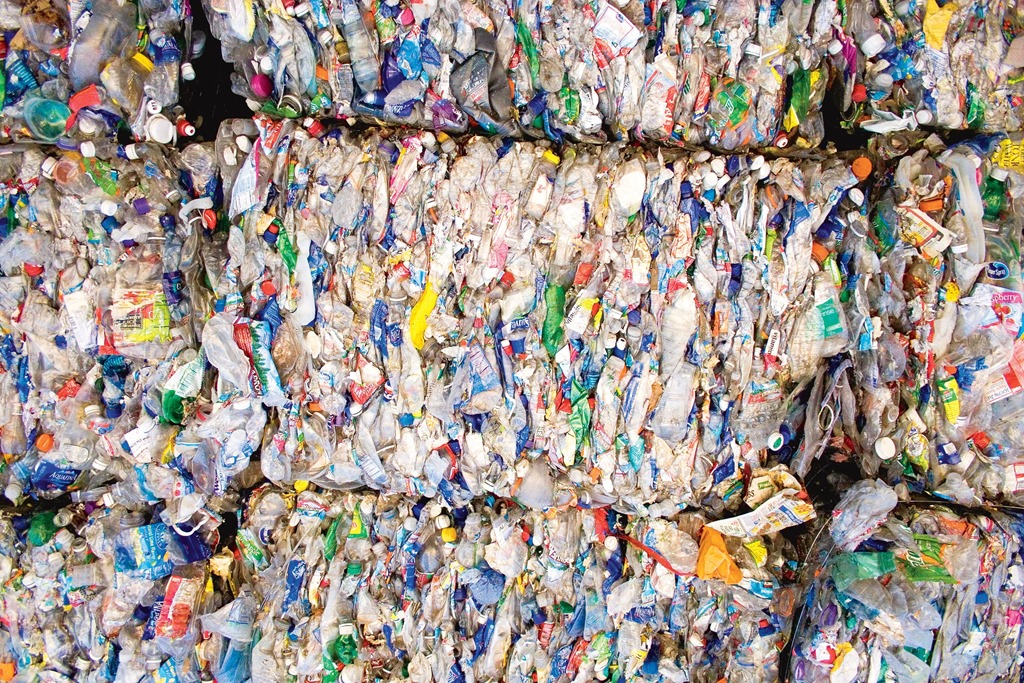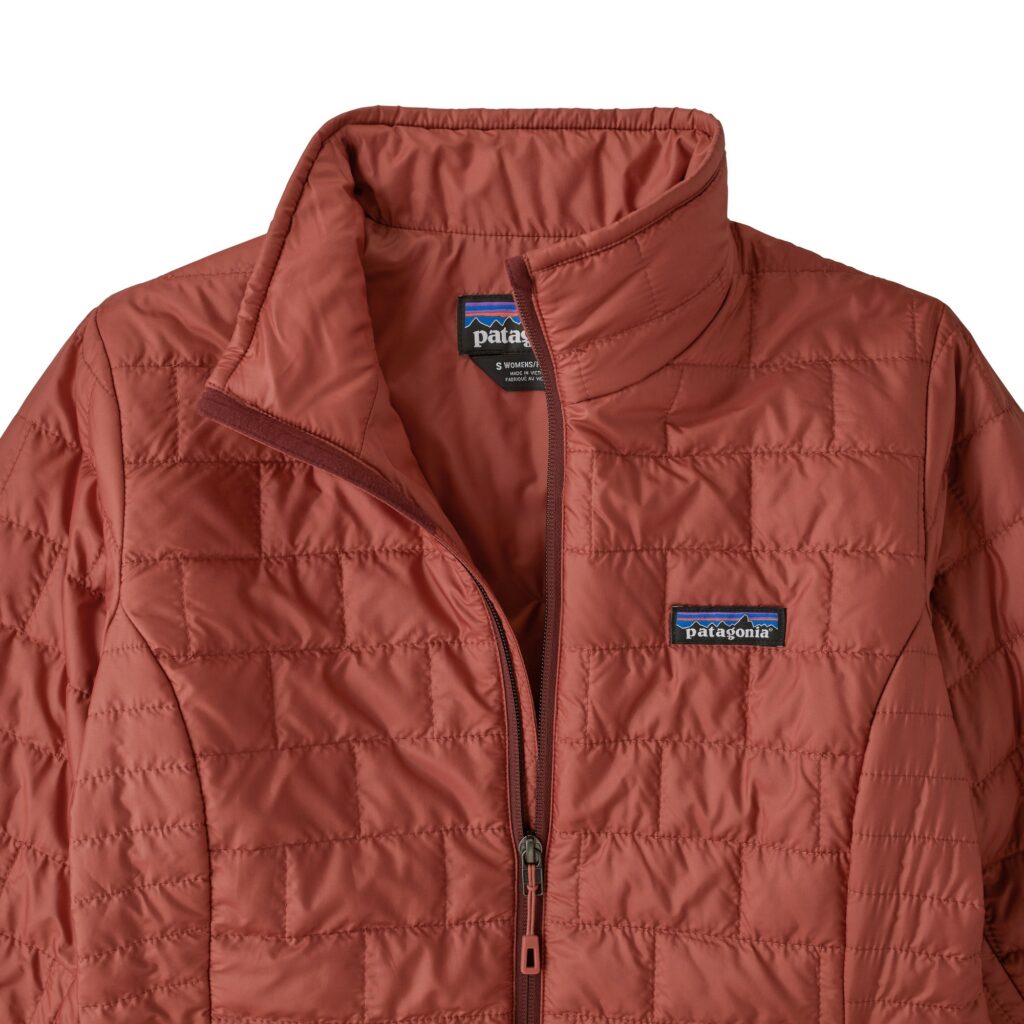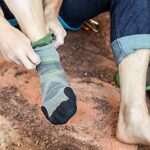With massive influence in the outdoor industry, clothing brands must assess and act on the effects of which their production has an impact. Patagonia as a company, since its founding in 1973 by renowned mountaineer and gear maker Yvon Chouinard has always used this “rule” to form a very strong part of its ethos. So strongly does Patagonia believe this, that in truth it would be difficult for us to detail every ethical step the company takes in order to aid in the conservation of the world around us. Loathe fast fashion and the impact it has on landfill, Patagonia ensure that all clothing made by them is made to last as long as possible as well as being easily fixed when broken, you will often find that their products last an extremely great amount of time.
One of the most apparent things and near first impressions you get when inspecting their wonderful outdoor clothing and gear is that the product, perhaps surprisingly, is made from almost entirely recycled materials. Given that the products up close have a great feel of high-quality, comfort and durability, it would be difficult to guess this. One of the key ingredients in Patagonia’s great line of products is polyester, a plastic which you can find almost everywhere in today’s modern world. It being a plastic means of course that unfortunately, it takes an incredibly long time to break itself down and fully biodegrade. With plastic pollution devastatingly always on the up, Patagonia have taken it into their own hands to address this problem in their production by using as much recycled polyester as they can, they certainly stand out among other companies for almost perfecting the art.

Polyester isn’t made from a single material. It’s actually a polymer made from carbon molecules that can be manipulated in various ways depending on the intended use. Polyester can be made from sugar or from petroleum. It can be recycled if the waste stream that it’s coming from is homogenous and free of impurities, like food scraps or dirt. It can be used to create insulation for clothing or for buildings. And, when blended with natural fibres, it can yield stronger, more water and abrasion-resistant fabrics. Everything from jackets to bags to canoes to the finish on pianos is made from polyester. You will find that the majority of recycled polyester used within Patagonia products is mostly made up of the poly content in plastic bottles.
This season, 85% of Patagonia’s Polyester is recycled. Using recycled polyester, rather than virgin petroleum polyester, reduced their seasonal carbon emissions by over 5,600 metric tons of CO2e. Prioritizing recycled polyester has been crucial to them as 80% of their entire product range uses it. In 1993, it was Patagonia who created the outdoor industry’s first fleece made entirely from recycled plastic bottles, they still do this today with many of their fleeces such as the Synchilla Snap T Pulloverand Retro High Pile Jackets, one of their most popular products.
Since then, they’ve really pushed the capabilities of recycled polyester having used it entirely to construct their outer shell face fabrics such as those on the 3 Layer Torrentshell Jackets and the Calcite Jacket. Now all of their Capilene Trail shirts are made with some percentage of recycled material. They use it a lot and are constantly looking for ways in which it can perform even better.

One of the places where Patagonia have done the greatest amount of experimenting is with polyester insulation. The origins of synthetic insulation can be traced back to the early 1980s when researchers were looking for an insulative material that would compensate for the drawbacks of down, which was used in nearly all sleeping bags and outerwear at the time. To this day, down remains the most packable, comfortable, and lofty insulation available BUT it does not keep you warm when wet or withstand long exposure to bad weather. When polyester insulation is used instead of down, it still keeps up to 95% of its insulative protection when wet. Patagonia uses superb synthetic polyester insulation within their Nano Puff Jackets. They use incredibly lightweight and highly compressible 60-g PrimaLoft Gold Insulation Eco with 100% post-consumer recycled polyester with P.U.R.E. (Produced Using Reduced Emissions) technology. Providing excellent warmth for its weight, staying warm when wet, and reducing carbon emissions as compared to conventional production methods.
Despite all of the innovation and dedication, what speaks volumes to us is that Patagonia is never satisfied with the efforts involved in their production processes, always looking for new, innovative ways to cut down on waste and utilise the fantastic recycled materials which have come to define them and their products.









